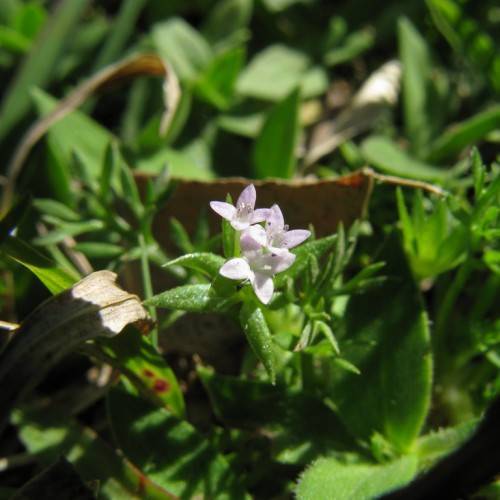
Blue Woodruff
Asperula arvensis
Watering:
Minimal
Hardiness Zone:
Sun:
full sun,part shade
Leaf:
Yes
Growth Rate:
Low
Salt Tolerant:
Yes
Thorny:
Yes
Care Level:
Moderate
watering
Dwarf Alpine Hawksbeard should be watered about once every 1 to 2 weeks, depending on weather conditions. In warmer weather, water more frequently as the plant has a low tolerance for heat and drought. Keep the soil moist but not waterlogged; allow the top 2 to 3 inches of soil to dry in between watering. During the growing season (spring to summer), fertilize monthly using diluted liquid fertilizer, and in the cold season (autumn to winter) reduce the amount of watering but do not stop altogether.
sunlight
Dwarf Alpine Hawksbeard is an alpine species that requires full sun in order to thrive. It should receive at least 6 hours each day of direct or indirect sunlight, preferably in the morning or early afternoon. Additionally, it prefers a cool climate and would benefit from partial shade at midday when temperatures are highest. When planted in an ideal environment, Dwarf Alpine Hawksbeard will produce a yellow-green flower with yellow-green sepals and yellow stigmas, from mid-summer to early autumn.
pruning
Dwarf Alpine Hawksbeard plants should be pruned twice a year in the spring and fall. In the spring, pruning should be done after flowering is complete, but before new growth starts. Remove any dead or dying stems and also trim back any lengthy stems to keep a neat and compact shape. In the fall, pruning should be done after flowering is complete and before the plant enters its dormant period. Again, remove any dead or dying stems, but avoid pruning too heavily or pruning into the woody parts of the plant. Pruning too heavily could kill the plant or stunt its growth.
